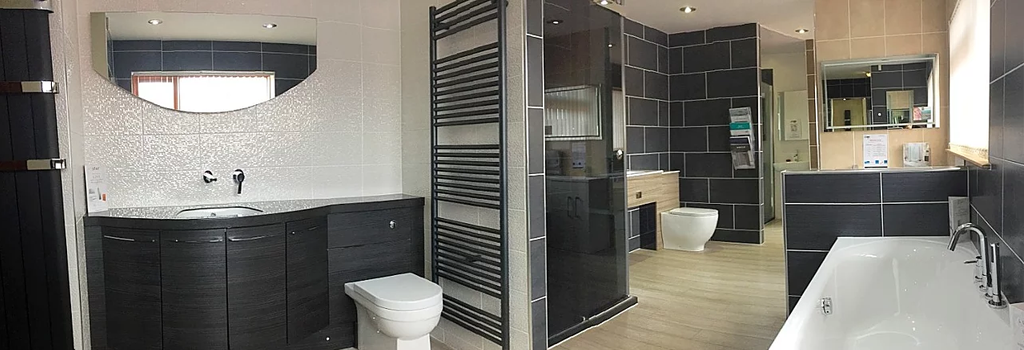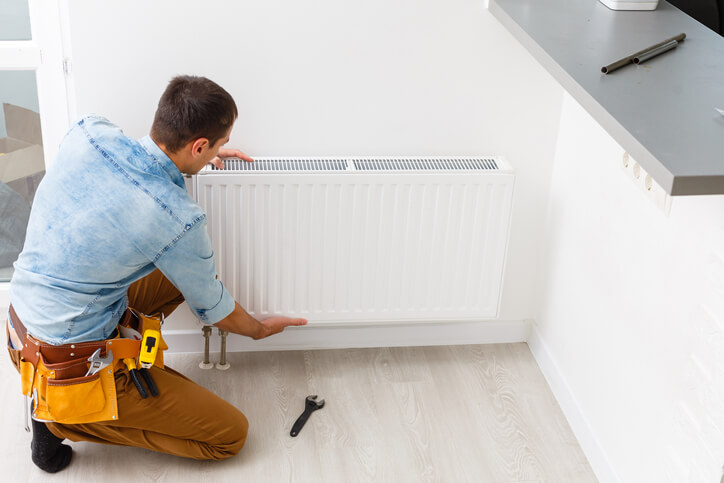In most older properties, the radiator is positioned under the main window. Have you ever wondered why this is? Likely you simply accepted this as a reality without wondering about it. However, this was a clever way of utilising the basic properties of the room. Under the window was, generally speaking, the coldest part of the room. Additionally, the cold air from single-glazed or draughty windows would act as a fan, pushing the heat from the radiator into the room. In modern homes, there is no need to position the radiator under the window. For one thing, with modern double glazing and better insulation, this is less likely to be a noticeably colder part of the room than anywhere else. Additionally, the higher quality window glazing means that there is less cold air entering through the window to move the heat around the room.
The significance of this is that homeowners have greater flexibility in where they choose to locate their radiators. It could be that you want to keep the traditional position under the window. After all, you are likely to have the pipes in place there and it might be a convenient location. Equally, it is not a big job to move the pipes, and you might find that you can radically change your room by thinking about a better place than having radiators under the windows.
When thinking about moving a radiator, it is important to understand how they work. Whether you have an electric or a wet system, a radiator works by radiating heat outward, as the name itself suggests. This means that the heat moves outward and upward. Although you cannot see it, the warmth moves in a current around the room. Why does that matter? When it comes to radiator positioning advice, the best thing is to make sure that it is not blocked. For example, you might be tempted to put it behind long curtains, behind a door or a sofa. However, not only will this not do the furniture any good, but it will also block the movement of air. The result is that much of the heat is wasted and you will be forced to set the heating to higher temperatures for longer. This is not only expensive but also not good for the environment. A position that is open and allows the movement of heat is more cost-effective as well as more environmentally responsible.
As well as thinking about the location, think about the type of radiator you need. For example, a smaller room might use single panel radiators, but to heat a larger room you will either need more radiators, longer radiators, or double panel radiators. Choosing double panels can allow for a shorter length of the unit and give you more options for location. Bear in mind also that many manufacturers like Henrad now offer options like tall, narrow designs and towel rack options which can be a way to make the heating dual purpose.
For advice and help, as well as high-quality heating components, you need Newline Building Products Ltd. Visit our showroom or contact us using the details on the website.






